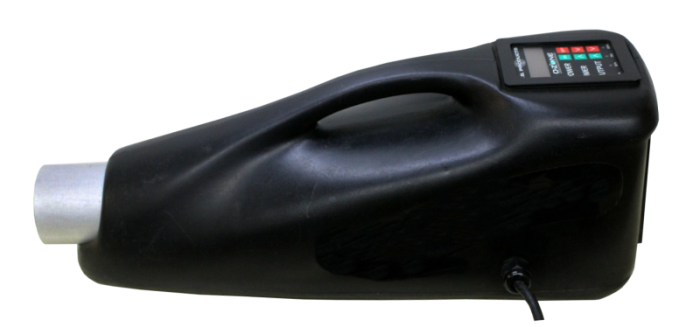In the quest for cleaner, safer air, ozone emerges as a powerful ally. With its ability to purify air by neutralizing harmful gases, eliminating odors, and combating bacteria, ozone plays a pivotal role in various air treatment applications. In this blog post, we’ll delve into the diverse uses of ozone in air treatment and highlight some key considerations for ensuring safe and effective application.
Harnessing the Power of Ozone in Air Treatment
Ozone finds extensive use in improving air quality across a range of industries and settings. Here are some common applications where ozone is employed for air treatment:
Odor Control
- Industrial Settings: Factories and plants often contend with odors emanating from various processes. Ozone effectively neutralizes these odors, keeping the air fresh and conducive to work.
- Occupied Spaces: From office buildings to livestock enclosures, ozone helps maintain a pleasant and odor-free environment for occupants. Even establishments like casinos utilize ozone to ensure a fresh ambiance for patrons.
Food Storage
- Cold Storage Facilities: Ozone serves as a valuable tool in cold storage facilities, where it helps preserve the freshness of stored food items by inhibiting microbial growth and preventing odors.
Virus and Bacteria Control
- Healthcare Facilities: Ozone’s disinfectant properties make it a valuable asset in healthcare settings, where it aids in controlling the spread of viruses and bacteria, thus maintaining a hygienic environment.
Disaster Restoration
- Remediation Projects: In disaster-stricken areas, ozone plays a crucial role in restoring air quality by neutralizing odors, eliminating harmful contaminants, and promoting a safe and healthy environment for recovery efforts.
Mold Elimination and Prevention
- Residential and Commercial Spaces: Ozone effectively combats mold growth, making it a valuable tool for mold remediation projects and preventing mold-related issues in buildings.
Special Considerations for Ozone Use in Air Applications
While ozone offers numerous benefits for air treatment, it’s essential to approach its use with caution and consideration. Here are some key factors to keep in mind:
- Safety Concerns: Ozone can be toxic in high concentrations, emphasizing the importance of precise control and monitoring of ozone levels to ensure the safety of personnel and occupants.
- Ozone Generation: Ozone generators can produce ozone from either oxygen or air, depending on the application’s requirements. Additionally, UV light ozone generators offer an alternative option for reliable ozone production.
- Ozone Distribution: Ozone tends to cling to surfaces and may not mix evenly in the air, leading to variations in ozone levels within a room or air stream. Proper planning and distribution methods are essential to ensure uniform ozone treatment.
- By-Products: Ozone oxidation can produce by-products that may pose health risks. It’s crucial to assess potential by-product formation and take measures to mitigate any associated hazards.
- Reaction Time: Ozone’s effectiveness can vary based on factors such as temperature, humidity, and reaction time. Understanding these variables is essential for optimizing ozone treatment efficacy.
- In conclusion, ozone stands as a versatile and effective solution for air treatment, offering benefits ranging from odor control to bacteria eradication. By leveraging the power of ozone in various applications, industries and organizations can create healthier, more comfortable environments for occupants while promoting safety and well-being.
Got questions about incorporating ozone into your air treatment strategy? Reach out to us today to tap into our expertise and explore how ozone can elevate your air quality management efforts! We have a great rental option for this here: https://www.oxidationtech.com/ambient-o3-rental.html

